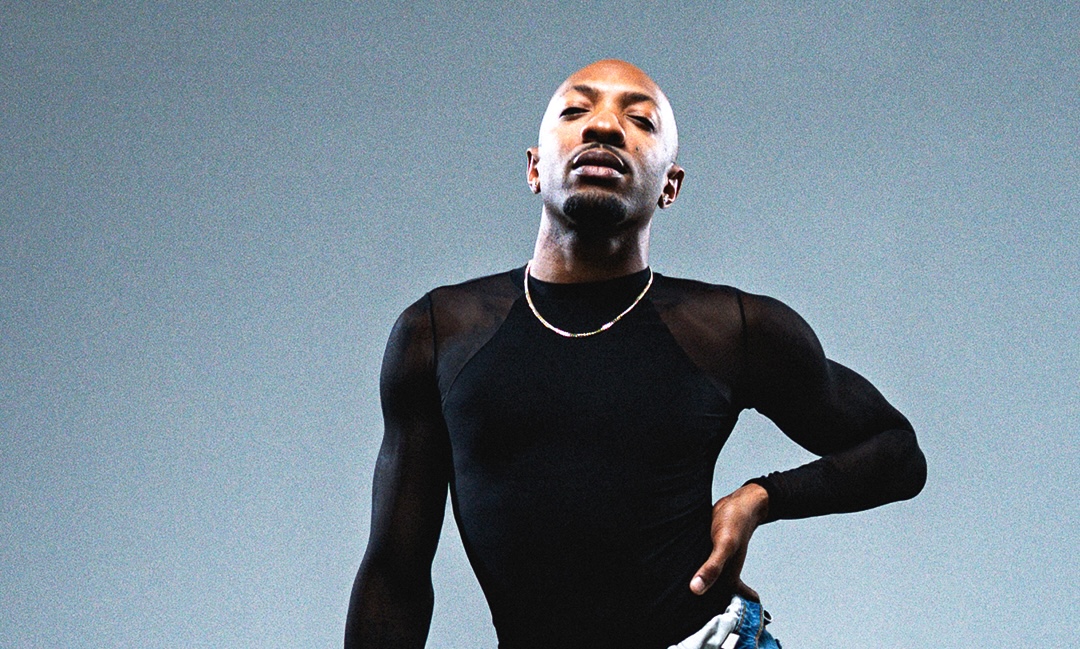When you're choreographing for a performance, making a piece is only part of the process. Blocking and staging your piece with formations, holds, ripple effects, and modified choreography is where you can get really creative! But you have to make sure that the blocking and staging complements the piece/music, not competes with it. Really good blocking and staging pulls us the audience in, plays with their focus, and works with the choreography to enhance what’s there. Here are some tips on creating the best, most flattering blocking and staging for your dance team's performance!
Let's start with some examples:
Choreo Cookies Bridge 2010
GRV World of Dance 2012
Two incredibly dope, yet very different sets with completely different staging that complement the choreography. When you think about meaningful staging and blocking, it’s important to examine what you’re going for in terms of feeling or aesthetic. Have a blueprint of what you want your house to look like before you start to build it!
Set The Mood
If you’re making a themed set, its probably important to incorporate blocking that moves the story along and builds atmosphere.
See Related Article: STEEZY Picks: Favorite Themed Sets Of All Time!
Play with numbers of people on stage.
Direct focus towards important plot driving sequences.
Experiment with how many people on stage are dancing vs. accenting movement.
In the Cookies set above you’ll see a lot of people on stage but they’re not always dancing. Near the beginning you only have 6 people dancing but the set feels busy because everyone else is walking around in the back. In the couples piece you have 18+ people on stage but the vibe is still intimate because the blocking forces you to only focus on a few couples at a time.
Watch the set again with an eye towards when people exit and enter the stage and what effect that has on the feeling of the piece.
Don’t be afraid to play to your strengths too. If your team is incredibly clean, large numbers of people on stage all doing original choreo can look pretty badass. Sometimes simple is better.
Where Is The Audience Looking?
Experiment with where you’re drawing focus on stage.
People tend to hone in on certain dancers (usually the ones in the middle). Figure out ways to disrupt these patterns. Use strategic movement to draw focus across the stage.
GRV and AOV are really good at doing this when they set up their blowups.
Alternatively, it’s also a good idea to play with macro effects.
Remember back when every team was really into iso pieces and the whole stage would just look like one really trippy picture made up of arms and legs? That was awesome.
Think about how the whole stage is going to look.
It’s really interesting to watch a set that moves your focus from a narrow spectrum and then expands to the entire stage because it keeps your eyes from getting bored.
Things To Help Or Inspire You
Your mind is the most incredible tool for creating blocking and staging for a performance, but here are some things that may aid in the process!
Playbook
As seen in Brotherhood’s Body Rock 2016 opener, Playbook is a useful app when blocking a piece.
It lets you use dots to plan out dance formations for your sets without pen and paper.
See Related Article: 11 Apps Every Dancer Needs To Download NOW!
Use Objects
Instead of drawing dots on graph paper, try using coins or chess pieces or pieces of Play-Doh (my old director used to do this) to help visualize your blocking and staging.
Using these small objects helps you visualize the pathways that your dancers can take to change formations. Color-coordinating certain parts can help you see what a hold or effect would look like (for example, placing blue Play Doh dots in the center, yellow on the sides, red in the back).
Look At Shapes
You can find inspiration for blocking and staging anywhere. Like, anywhere.
Look through a kaleidoscope and use some geometric shapes and patterns!
Watch how the waves on the beach crash against the shore, and use that for a transition off stage!
Notice how leaves sway on a branch, how children run around a playground, how birds fly in formation in the sky.
These shapes and pathways of movement can give birth to the dopest, most unique blocking and staging for your choreo!
Overall, what really matters is what you are trying to convey through the blocking. Are you trying to re-create a movie on stage? Are you just trying to do something that looks cool? What feeling are you going for? How does this look from an audience's perspective? Once you’ve got that figured out, all that's left is to experiment with what works, and what doesn't. Do you have any additional tips for creating meaning blocking on stage? Add a comment below to add to the list!










